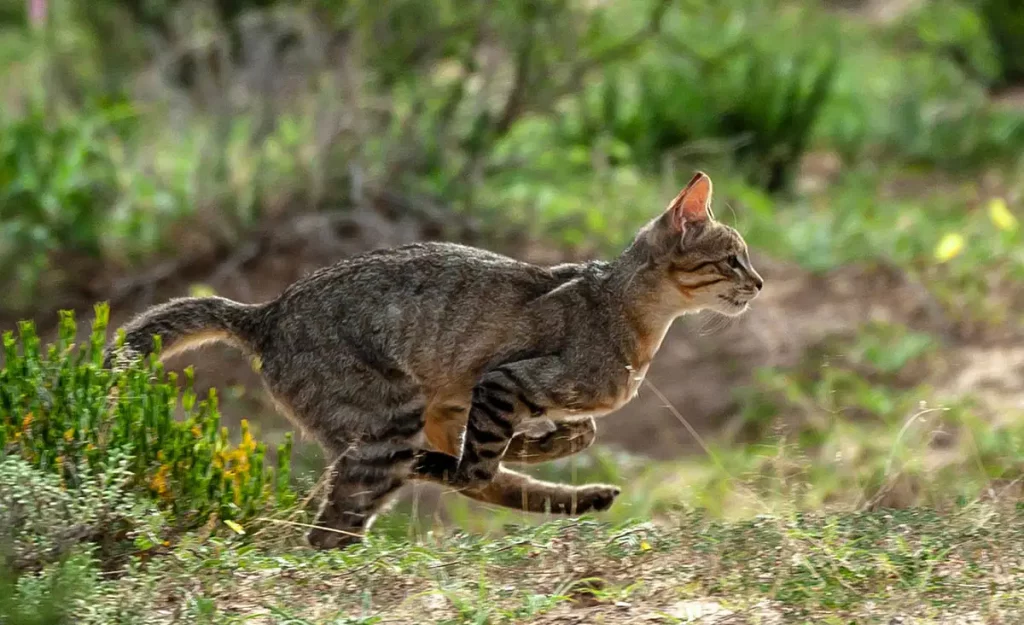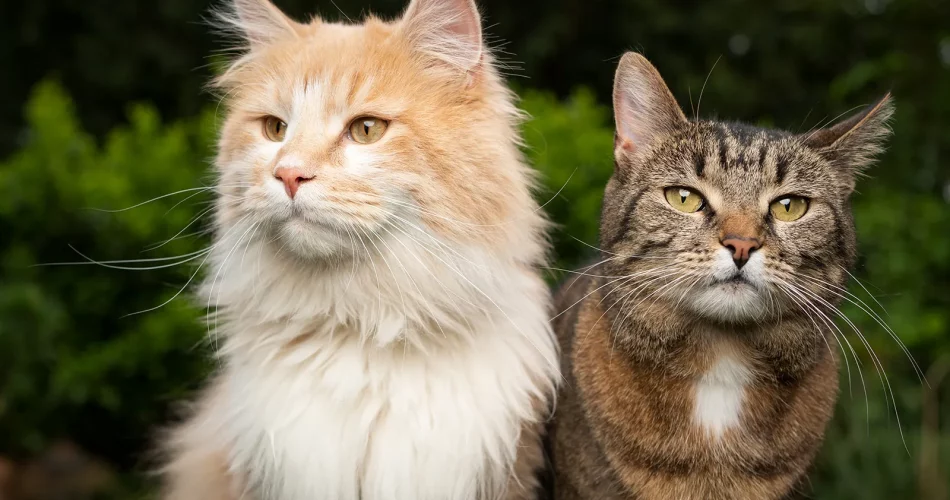Cats, with their enigmatic personalities and graceful movements, have captivated humans for thousands of years. But where did they come from, and how did they evolve from wild hunters to the beloved domestic companions we know today? The journey of cats through history is a fascinating tale of survival, adaptation, and partnership with humans. Let’s explore the origins of cats and how they earned their place in human homes and hearts.
The Wild Beginnings of Cats
The story of cats begins around 10 million years ago, during the Miocene epoch, when the earliest feline ancestors roamed the Earth. These ancient predators, belonging to the family Felidae, included large saber-toothed cats as well as smaller, more agile species. Over time, the lineage split into various branches, leading to the evolution of modern big cats like lions and tigers, as well as smaller felines, including the ancestor of today’s domestic cat.
The domestic cat (Felis catus) shares a close evolutionary link with the African wildcat (Felis silvestris lybica), a small, solitary hunter native to the savannas and deserts of Africa. Genetic studies have revealed that all modern domestic cats descend from this wild species, which first began interacting with humans over 10,000 years ago.
The Rise of Domestication
The domestication of cats is believed to have started in the Fertile Crescent, a region that includes modern-day Egypt, Iraq, and surrounding areas. Around 9,000 to 10,000 years ago, early agricultural societies began cultivating crops, which attracted rodents to their granaries. African wildcats, drawn by the abundance of prey, began to linger near human settlements.
Unlike dogs, which were actively bred and trained by humans, cats likely domesticated themselves. The wildcats that were less fearful of humans and more tolerant of proximity benefited from the steady food supply, while humans appreciated their pest-control skills. Over generations, these semi-tame cats adapted to living alongside humans, becoming less aggressive and more sociable.

Ancient Egypt: The Cradle of Cat Worship
Cats achieved a special status in ancient Egypt, where they were not only domesticated but also revered as sacred animals. Egyptian art, dating back to around 2,000 BCE, frequently depicts cats in homes, suggesting their role as cherished companions. Cats were associated with the goddess Bastet, a deity of home, fertility, and protection. Bastet was often depicted as a lioness or a domestic cat, symbolizing both strength and grace.
In Egyptian households, cats were believed to bring good fortune and protect families from evil spirits. Killing a cat, even accidentally, was considered a grave crime, punishable by death. Cats were so valued that they were often mummified and buried with their owners to accompany them in the afterlife.
The Spread of Cats Across the World
As trade routes expanded, so did the reach of domestic cats. Phoenician traders and other seafarers transported cats on their ships to control vermin, spreading them to Europe, Asia, and beyond. By the time of the Roman Empire, cats had become common throughout much of Europe, valued for their hunting abilities and companionship.
In Asia, cats gained prominence in countries like China and Japan, where they were appreciated for their role in protecting valuable food supplies. Japanese folklore even attributed mystical qualities to cats, believing them to possess the ability to ward off evil spirits.

Cats in Medieval Europe
The perception of cats shifted during the Middle Ages in Europe. While they remained useful for pest control, their association with paganism and witchcraft cast a shadow over their reputation. Black cats, in particular, were often linked to witches and believed to be omens of bad luck. During this time, many cats were persecuted, which ironically contributed to an increase in the rat population and the spread of diseases like the Black Death.
Despite these challenges, cats endured and gradually regained favor in European households, especially as the Renaissance brought renewed appreciation for animals.
The Modern Domestic Cat
By the 18th and 19th centuries, cats had firmly established themselves as beloved pets in many parts of the world. Selective breeding during the Victorian era led to the development of distinct cat breeds, such as the Persian and Siamese, which remain popular today. Organizations like the Cat Fanciers’ Association were established to promote and regulate breeding standards.
In the modern era, cats have become one of the most popular pets globally, with an estimated 600 million domestic cats worldwide. Advances in veterinary care, nutrition, and understanding of feline behavior have further strengthened the bond between cats and their human companions.

Why Cats Captivate Us
The enduring appeal of cats lies in their unique combination of independence and affection. Unlike dogs, which often seek constant interaction, cats maintain an air of mystery and self-sufficiency. Yet, their moments of warmth and playfulness create strong emotional connections with their owners.
Cats also adapt remarkably well to various environments, from bustling cities to quiet countryside homes. Their ability to live comfortably in close quarters with humans while retaining their natural hunting instincts makes them a perfect blend of wild and tame.
Conclusion
From their origins as solitary hunters in the African savannas to their role as cherished companions in modern households, cats have traveled a remarkable journey through history. Their self-domestication, adaptability, and unique charm have ensured their place in human society for thousands of years.
As we marvel at our feline friends today, it’s worth remembering that every purr and playful leap carries echoes of their ancient ancestry. Cats are not just pets but living links to a shared history of mutual respect and companionship between species.
